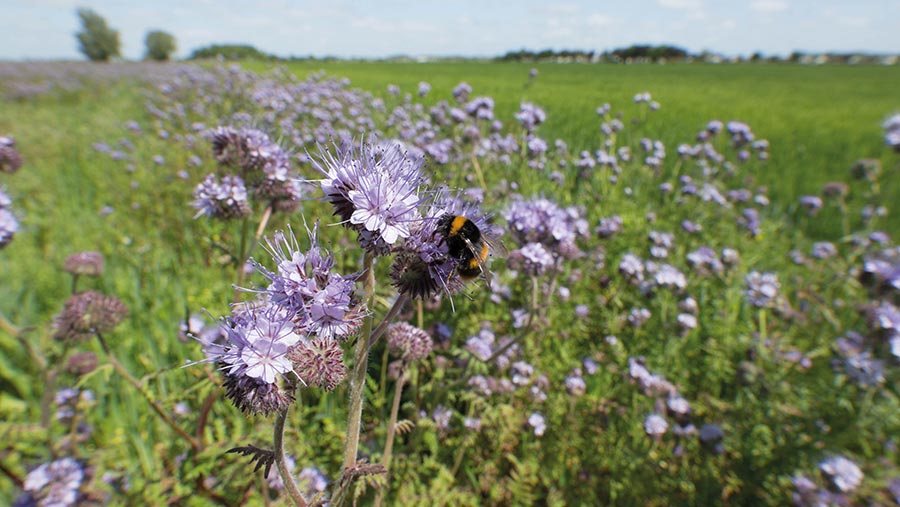Opinion: CS scheme represents a lost opportunity
 © Tim Scrivener
© Tim Scrivener I’m glad Countryside Stewardship (CS) has become a familiar part of the agri-environment landscape, inching towards being a completely online process and evolving with the changes and additions made to it over the years.
But on top of an already complex two-tier scheme we now have multiple variants – the four wildlife offers and a standalone capital grant scheme.
Any potential applicant needs to know what they can do in each, and if they can apply for two elements together.
See also: Supermarkets exploit the farm-to-fork disconnect
A few options that were only available in the CS Higher Tier have come in to Mid Tier, but need pre-approval from Natural England (NE) to be included in an application.
Other options targeting air and water quality need pre-approval from Catchment Sensitive Farming. Does a biobed need pre-approval, or a biofilter, or both?
Make sure all the land is on the Rural Land Registry (RLR). Don’t try to use an arable option on land classed as permanent grassland in your Basic Payment Scheme (BPS), and vice versa.
Have you given yourself approval on your own RLR/BPS login to make an application?
If you have a site of special scientific interest (SSSI) or a scheduled monument on your land you have to include it, even if you have no plans to put options on it.
You can’t apply for a wildlife offer if you have an SSSI. You will need consents for some options, and to get them in time.
Your application will be scored. Have you looked at local priorities? That nice grassland you have isn’t on the Priority Habitat Inventory. Do you know the deadline to apply to get it put on?
The deadline to ask for an approval visit, followed by referral back to NE, which refers it back to the Rural Payments Agency (RPA)?
Then you need to look at the small print for your options.
GS2 very low input grassland has to be whole-field unless used with GS1, but what if it’s all the grassland in part of a field? AB1 nectar flower mix is called rotational, yet you have to keep it in the same place for five years?
AB9 winter bird food is rotational, but you can just put it back in the same place?
Can you use the option on organic land? In the same field as the Sustainable Farming Incentive? Over an archaeological feature? On land liable to soil erosion?
Can you graze it, and when? Is that seed mix listed for the option compulsory or just a recommendation? If it doesn’t say it’s a prohibited activity, can you do it?
All familiar headache-inducing complexity to anyone who knows CS.
Yet an updated CS will now stay as part of Environmental Land Management (ELM), which is tasked with transitioning agriculture and meeting government’s ambitious targets for nature conservation.
Local Nature Recovery (LNR), once meant to be the leading scheme in ELM, is ditched.
Pragmatism? Financial realism? Either way, CS plus extra knobs and levers will not come close to what was meant to be the radical approach in engaging and rewarding farmers of LNR, all light-touch and user-friendly.
And when you get an email from RPA four months after your application went in, changing some of the option areas and querying or disqualifying others, you will say: What a lost opportunity.

